Will New Yorkers Vote "Green" This Fall?
News Based on facts, either observed and verified directly by the reporter, or reported and verified from knowledgeable sources.
The $4.2 Billion Environmental Bond Act, Explained

Good morning! Today is Monday, June 6, and you are reading today’s section of Examiner+, a digital newsmagazine serving Westchester, Putnam, and the surrounding Hudson Valley.
Need to subscribe — or upgrade your Examiner+ subscription to enjoy full access to all of our premium digital content? Take advantage of our special FREE TRIAL OFFER.
Take Examiner+ on a test drive today at NO CHARGE for a full month. Enjoy full membership-level access to all of our premium local content, delivered straight to your inbox six times a week.
Today’s supporting sponsor is Caramoor.

In November, New York voters have the opportunity to greenlight a landmark $4.2 Environmental Bond Act, which, if approved, will provide communities across the state with much-needed dollars to fortify themselves in the fight against climate change.
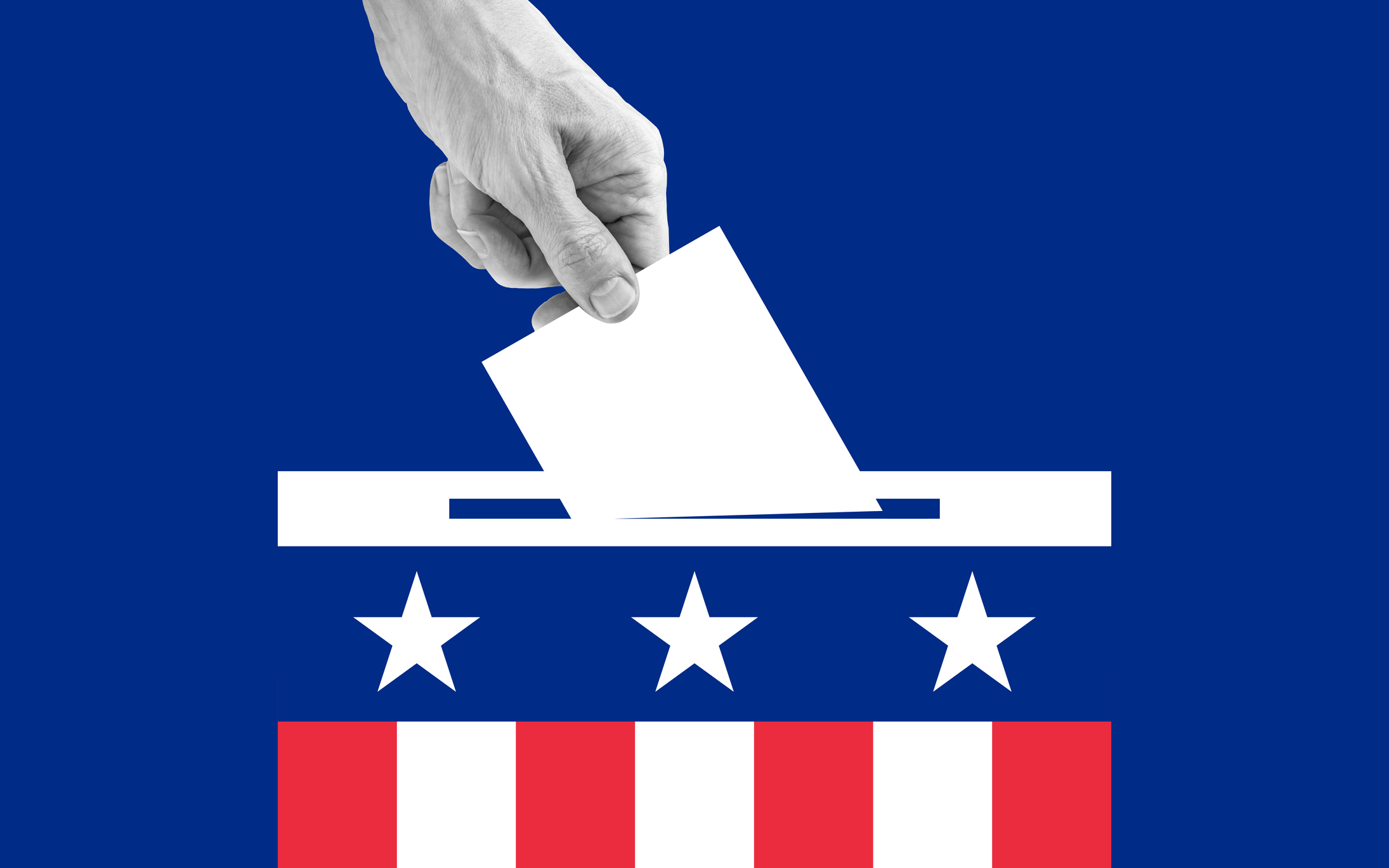
New Yorkers have a once-in-a-generation opportunity to voice their support for building resilience and mitigation strategies in the face of climate change at the polls on November 8.
The Clean Water, Clean Air, and Green Jobs Environmental Bond Act is a $4.2 billion legislatively referred bond question that will be on the voters’ ballot at the general election.
By voting yes, a voter supports the state issuing $4.2 billion in general obligation bonds for projects related to the environment, natural resources, water infrastructure, and climate change mitigation.
Journey to the ballot
In January 2020, former Gov. Andrew Cuomo proposed the $3 billion bond measure during his State of the State Address. The State Legislature approved budget legislation that included the bond issue, but the bond measure was withdrawn due to COVID-19 — specifically concerns about the pandemic’s economic impact.
“The financial situation is unstable,” Gov. Cuomo said in July 2020, announcing that the bond measure was being pulled from the ballot. “I don’t think it would be financially prudent to do it at this time.”
In 2021, the ballot measure was proposed again as a provision of Senate Bill S2509C. In April, the New York Senate approved the bill 28-25. The New York State Assembly also approved the bill 88-61. Later that month, Gov. Cuomo signed the bill.
In September 2021, Gov. Kathy Hochul requested legislative leaders amend the bond measure to include an additional $1.2 billion, increasing the total bond amount to $4.2 billion.
Senate Bill S8008C was introduced in 2022. The bond measure was also renamed from the Restore Mother Nature Bond Act to the Clean Water, Clean Air, and Green Jobs Environmental Bond Act.
On April 8, both the Assembly and Senate passed the budget bill. In the Senate, all Democrats voted yes. Five Republicans voted yes, and 15 voted no. In the Senate, 101 Democrats voted yes, and four voted no. Eleven Republicans voted yes, and 31 voted no. The next day, Gov. Hochul signed the legislation.
“This moment demands historic investments in renewable energy and environmental protection to bring us closer to a brighter, greener future,” Gov. Hochul said in a statement announcing the Bond Act and other environmental investments in the 2022-23 fiscal year.
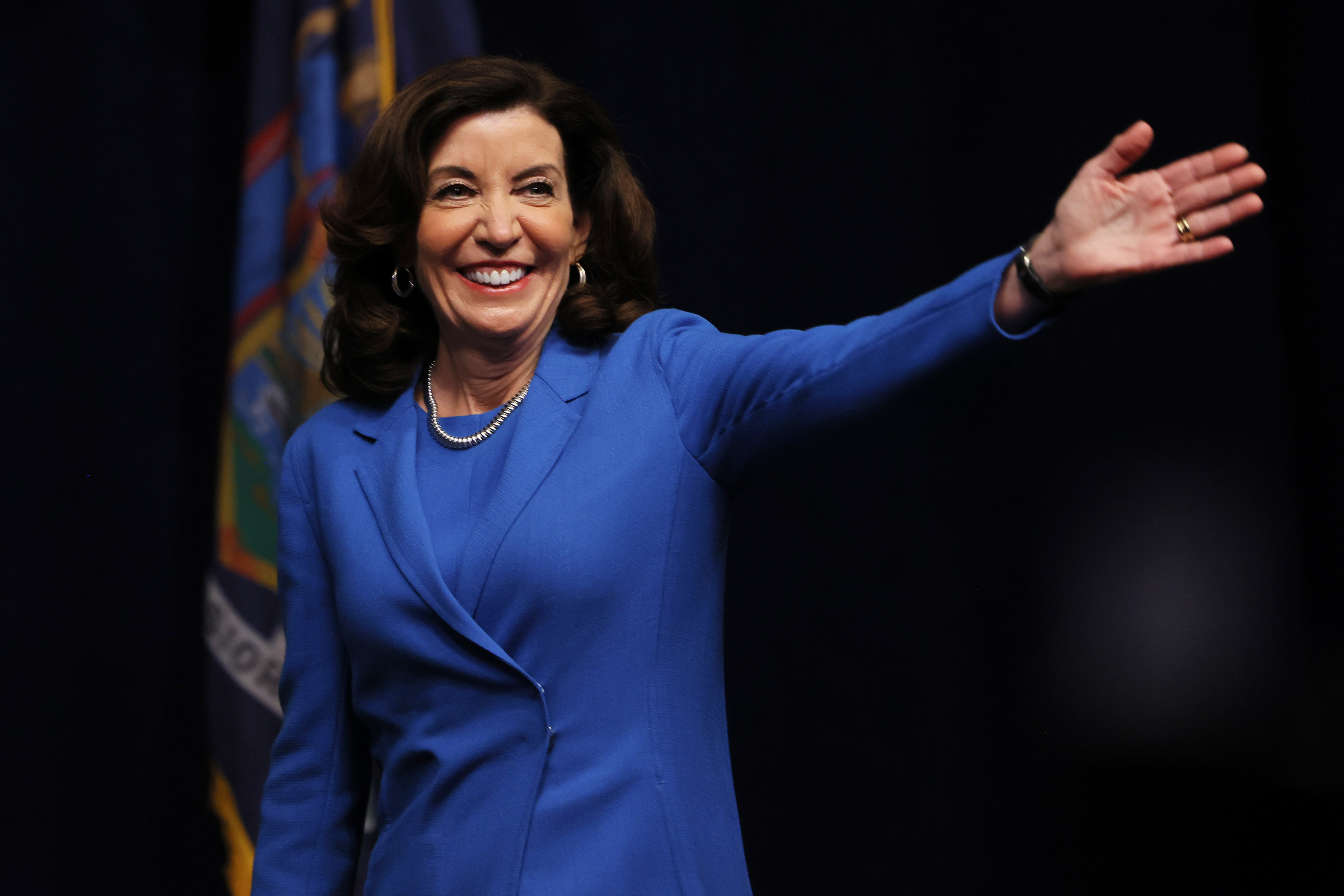
How will the $4.2 billion be divided?
The bond measure will issue $4.2 billion in general obligation bonds for projects across four thematic areas: Climate Change Mitigation; Restoration and Flood Risk Reduction; Open Space Land Conservation and Recreation; and Water Quality Improvement and Resilient Infrastructure.
Up to $1.5 billion will go toward air and water pollution reduction projects; wetland protections to address sea-level rise, storm surge, and flooding; relocating or retrofitting facilities; green building projects; solar arrays, heat pumps, and wind turbines in public low-income housing areas; zero-emission school buses; street trees and urban forest programs; green roofs and reflective roofs; and carbon sequestration on natural and working lands.
It’s expected that $500 million of these funds will go toward helping public schools purchase electric school buses, which can be two to three times as expensive as fossil fuel buses.
“This is a great first step and will have a tremendous impact on transitioning Westchester County — along with the state — to electric school buses since the upfront cost is a major hurdle,” Amy Albenda Hill, a parent and member of Mothers Out Front-Westchester Rivertowns chapter says. “This dedicated funding will help our districts benefit from clean, efficient electric buses that will protect our children’s health and the state of the climate.”
At least $1.1 billion will go toward flood-risk reduction, coastal and shoreline restoration, relocating and repairing flood-prone infrastructure and roadways, and ecological restoration projects.
Tracy Brown, President of Riverkeeper, says ecological restoration projects in the Hudson River — which are naturally connected to flood risk reduction — are one area Riverkeeper would like to do more work on in the future. However, the ability to execute these projects depends on securing available funds.
“It’s an enormous opportunity for New York to put people back to work” — Amy Chester, Managing Director of Rebuild by Design
Up to $650 million will go toward land conservation and recreation plans, programs, projects, and fish hatcheries. At least $650 million will go toward projects related to wastewater, sewage, and septic infrastructure; lead service line replacement; riparian buffers; stormwater runoff reduction; agricultural nutrient runoff reduction; and addressing harmful algal blooms. $300 million is unallocated.
Today’s supporting sponsor is Dana Levenberg for New York Assembly.
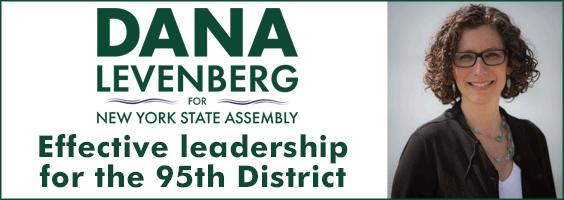
Disadvantaged communities get dedicated dollars
The Bond Act requires that at least 35 percent of funds directly benefit disadvantaged communities, with a goal of reaching 40 percent.
Disadvantaged communities — just as outlined in the state’s Climate Leadership and Community Protection Act — are defined as communities burdened by adverse public health effects, environmental pollution, and climate change impacts, as well as communities that possess specific socioeconomic criteria or comprise high concentrations of low- and moderate-income households.
Brigitte Griswold, Executive Director at Yonkers-based Groundwork Hudson Valley, says having a substantial and specific portion of funds earmarked for disadvantaged communities is significant. As an environmental justice organization, Griswold and her teamwork in Southwest Yonkers work with low- and moderate-income residents who have been suffering from ecological neglect for many decades.
“One of the most exciting parts about the Bond Act from our perspective is that up to 40 percent of all the $4.2 billion in resources will be directed toward disadvantaged communities,” Griswold says. “That aligns with the work that we’re doing.”
According to a map released by the state’s Climate Justice Working Group, various neighborhoods in Yonkers are designated as a disadvantaged community, with some having an environmental burden of as much as 98 percent higher and a population vulnerability 93 percent higher than census tracts statewide.
Other municipalities designated in the map include parts of Mount Kisco, Elmsford, White Plains, Harrison, Port Chester, Mount Vernon, Tarrytown, New Rochelle, Ossining, Peekskill, Buchanan, Montrose, Croton-on-Hudson, Sleepy Hollow, Mohegan Lake, and Mamaroneck.
Griswold says if voters approve the Bond Act, Groundwork Hudson Valley’s primary three programmatic areas — education, youth employment, and climate justice — would all be supported.
“We’ve identified areas in our city that suffer disproportionately from extreme heat and flooding,” Griswold says. “If this bond were to pass, now that we’ve mapped out the most vulnerable neighborhoods, there’s a significant portion of money being directed to green infrastructure to abate things like extreme flooding, which is a big problem in Yonkers.”
Because Yonkers is located at the convergence of three major rivers, Griswold notes that extreme weather like Hurricane Ida overwhelms the city’s drainage and stormwater systems.
“They weren’t built to absorb that degree of floodwater, so a lot of this funding could support the city in getting its infrastructure up to date to absorb larger amounts of floodwater and mitigate for extreme heat,” Griswold said explains.
In cities with a high concentration of low-income neighborhoods, there is a preponderance of pavement and asphalt, which exacerbates a phenomenon called urban heat island effect. Urban areas, due to a high concentration of structures and limited greenery, become “islands” of higher temperatures.
According to the United States Environmental Protection Agency, daytime temperatures in urban areas can be up to seven degrees higher.
“One of the ways to address that is through green infrastructure like planting trees and creating new park space — all of that would fall under the Bond Act,” Griswold says.
Griswold highlights that the hottest areas in Yonkers are the formerly redlined areas, which holds true for cities across the country.
As a result of redlining, the majority of Black and brown neighborhoods today are still grappling with disinvestment in public services, infrastructure, and green space.
“Even though redlining was a practice made illegal in the 1960s, there hasn’t been an equal and opposite reaction to right those historical wrongs,” Griswold says. “The potential of the Bond Act is so huge, and if it’s done right, it could lead the way in righting those wrongs.”
Economic impacts of the Bond Act
In addition to addressing the state’s most pressing infrastructural and environmental needs, the Bond Act will also give New York’s economy a stimulus, especially as the pandemic trudges on.
According to a report released by AECOM, in collaboration with Rebuild by Design, the Bond Act will provide the state with both short- and long-term economic benefits.
The authorized bond funds will support 38,000 jobs. Accounting for leveraged funding, if voters approve the bond measure, the Bond Act is estimated to support $8.71 billion in project spending and 84,000 total jobs.
“It’s an enormous opportunity for New York to put people back to work,” Amy Chester, Managing Director at Rebuild by Design, says.
Julie Tighe, President of the New York League of Conservation Voters, notes that there will also be requirements that projects under the Bond Act use competitive wages and contract local unions when possible.
“We’re excited about that because we want to make sure the jobs generated from the Bond Act are family-sustaining jobs,” Tighe says. “This is not just going to be fixing our pipes and parks but also supporting our families and communities.”
At Groundwork Hudson Valley, a youth employment program employs high school students from Yonkers Public Schools to be part of the green economy. Griswold explains that many of the students come from low- to moderate-income families. They are hired, trained, and execute various climate mitigation efforts, ranging from planting and maintaining trees to building and installing bioswales.
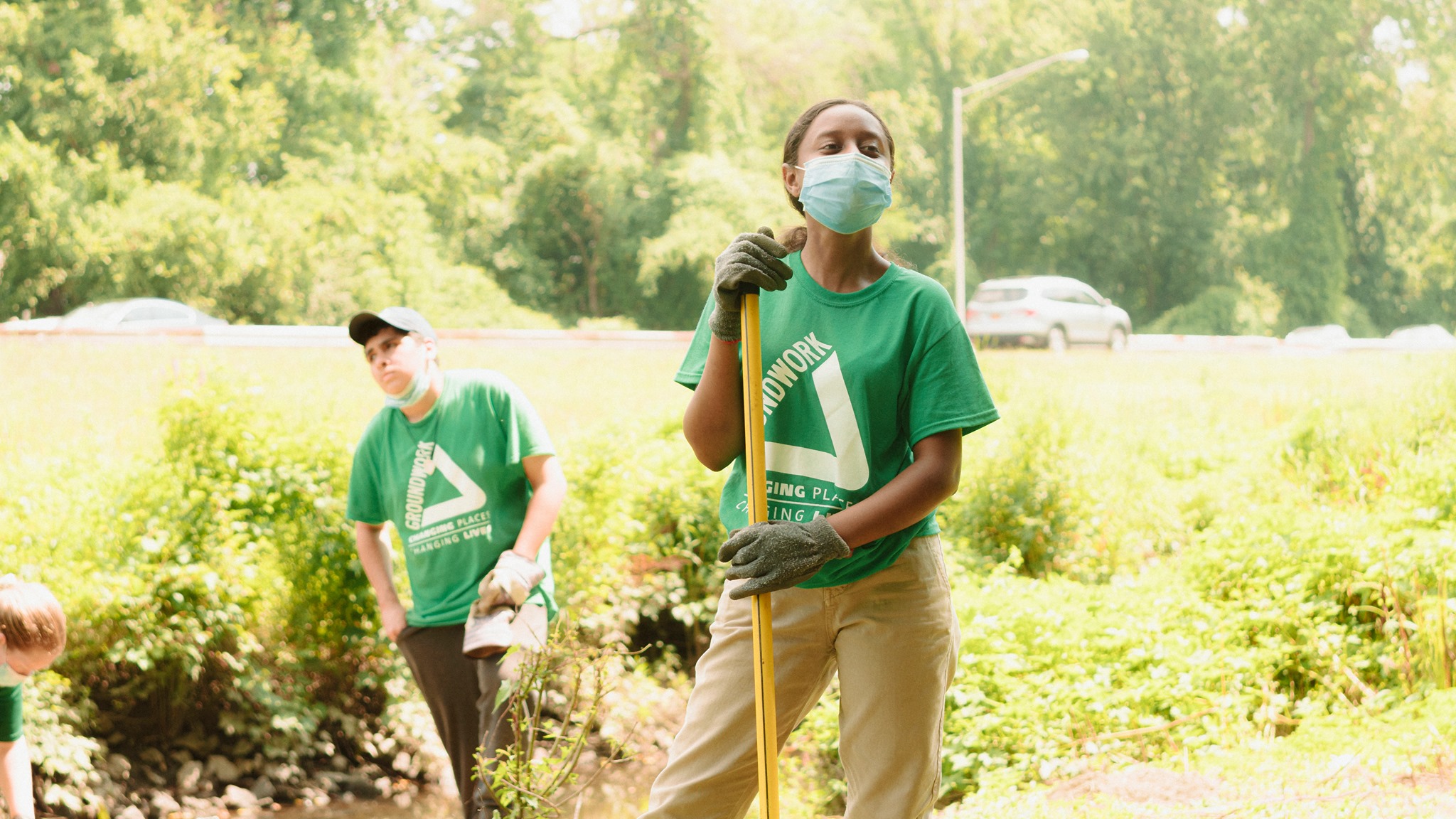
If the Bond Act is passed, Griswold says it could help augment the number of young people the nonprofit can offer these paid jobs.
“To have our young people employed in areas like green infrastructure has made a significant difference in our local communities, but we haven’t had the opportunity to scale it up at a citywide-level,” Griswold explains. “That would certainly be something that we would try to look to the Bond Act to help us do.”
The AECOM report also underscores that the long-term benefits of the Bond Act will outweigh the costs of investment.
Chester highlights that the National Institute of Building Sciences has found that for every $1 investment in hazard mitigation, $6 is saved in future disaster costs — demonstrating it’s more cost-effective to fund projects upfront than pay for the damages later. For example, Hurricane Ida’s damages alone were estimated at $95 billion.
“If you look at the long-view, this is money we’re going to have to invest in our communities eventually,” Brown says. “So it’s a much more thoughtful, proactive, and effective approach rather than waiting for the next storm and needing to get this type of money a day late and a dollar short in a very reactive, high-pressure disaster response framework.”
In Westchester, increased storms and flooding remain a significant vulnerability. In 2019, Rebuild by Design mapped out the state’s vulnerabilities to flooding events by county, based on state or federal disasters within the past 10 years.
Westchester was among the highest in the state, with eight declarations between 2011 and 2019 — a figure Chester notes is high.
“Investment, especially in flood infrastructure, pays off because the devastation and cost of building back are so much higher than doing it preventatively,” Chester underscores. “I think the Bond Act shows that.”
Tighe notes that in Westchester, towns and villages near the Sawmill Parkway flood very frequently, so available funding will allow impacted municipalities to make their infrastructure more flood-ready by right-sizing culverts, as well as restoring and protecting wetlands to absorb that water.
Tighe and Chester are both pleased that the Bond Act also includes the opportunity to do buyouts proactively in communities at high risk of flooding, as opposed to only offering them after properties have been devastated by a storm.
“Water always wins, is what I say, so this is definitely a chance for us to do something proactive,” Tighe highlights.
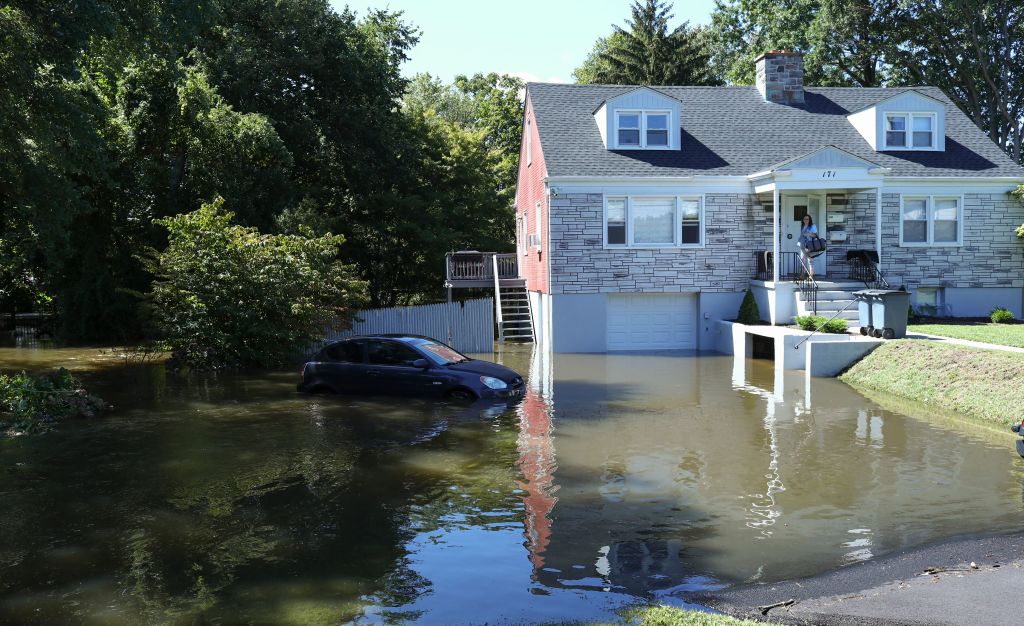
How funds will be dispersed
If voters approve the Bond Act, funds will not be dispersed in a lump sum but rather bit by bit over many years.
Jeremy Cherson, Senior Manager of Government Affairs at Riverkeeper, explains that the Bond Act funds will be funneled through different state agencies and their preexisting funds, such as the Department of Environmental Conservation’s Environmental Protection Fund.
Different pots of money will become available at a time, and municipalities and organizations alike will be able to submit their relevant project proposals for consideration. Cherson anticipates the process will be very competitive, as it is for available funding now.
“The [state] agencies will have the discretion to open up applications for bond funds a piece at a time,” Cherson explains. “It’s not like voters will approve it, and then all of a sudden, there’s going to be $4.2 billion, and everyone is scrambling.”
Cherson says it’s likely the state will look to tie bond funds to existing state and local projects and plans. Ultimately, the plan for disbursement will be in the hands of the Governor’s Office should it pass.
“[The Bond Act] is going to be something really long-lasting that is going to leave a mark and be available to address problems — some that we can’t even envision right now,” Cherson says.
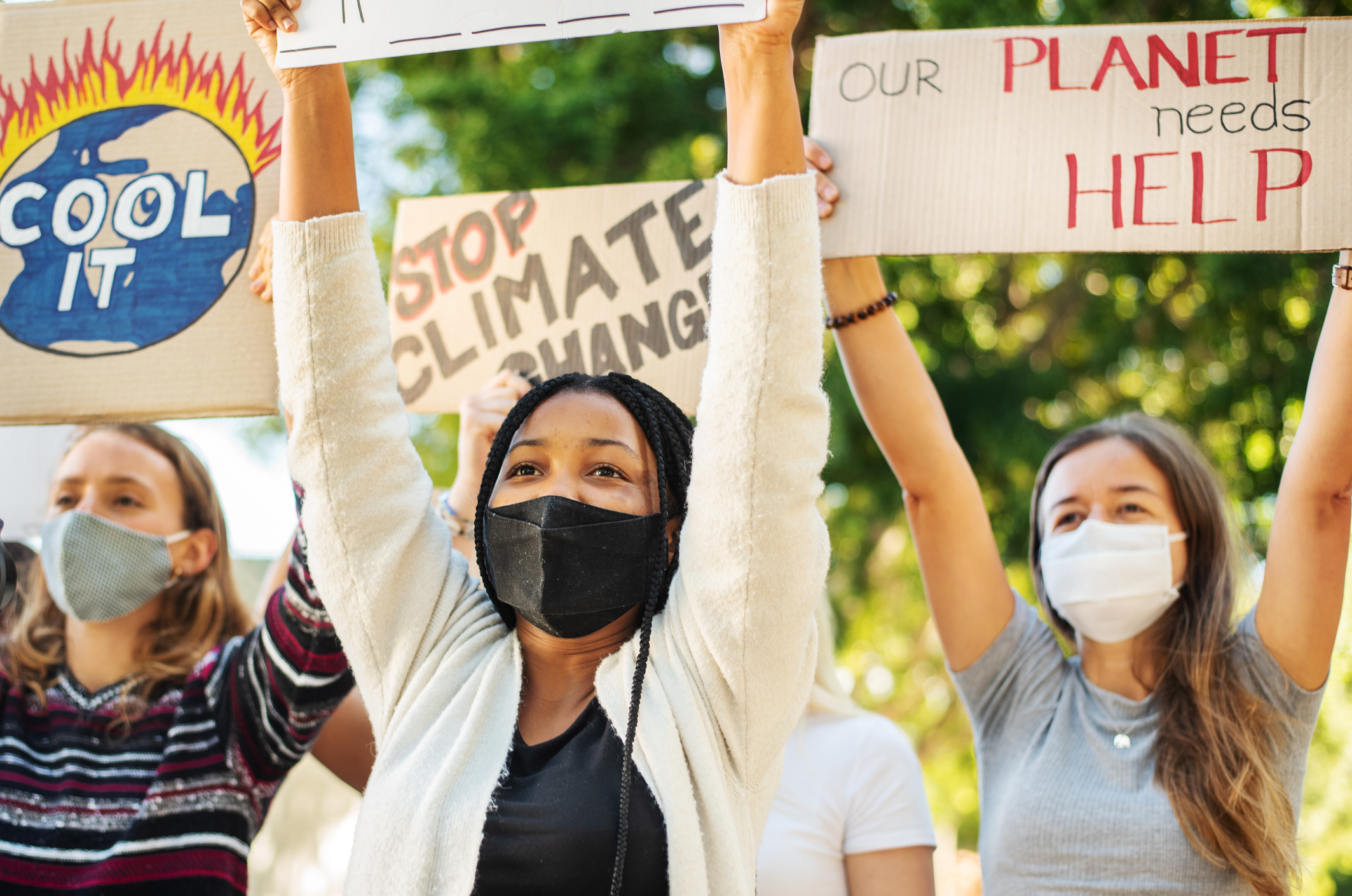
Environmental advocates express optimism
While polling has not yet been done on whether eligible voters support or oppose the Bond Act, advocates are confident that New York voters will approve the measure due to their strong commitment to environmental issues in the past.
The last environmental bond, which totaled $1.75 billion, passed with 56 percent of the vote in 1996. In 2021, New Yorkers approved a proposal that added a right to clean water, clean air, and a healthful environment to the New York Constitution’s Bill of Rights, with 70 percent voting for it.
Brown believes the bond measure being renamed from Restore Mother Nature to the Clean Water, Clean Air, and Green Jobs Environmental Bond Act will be more straightforward and clear for voters on Election Day.
“Do you want clean water? Do you want clean air? Do you want green jobs? These are all three things that poll well in New York,” Brown says. “It’s not partisan whether we should have clean air and clean water. Everybody agrees that those are basic values, even though they’re certainly not evenly distributed across our society or state.”
“New York is giving the people who live here a chance to say, ‘This is how we want to adapt and prepare for changes in our climate,’” Brown adds.
Tighe says she’s glad Gov. Hochul added the additional $1.2 billion boost because New York has so much to do in order to act on climate change, including meeting all the targets outlined in its ambitious climate agenda.
“It is meaningful both from a perspective of having a much more substantial investment that we’re making and being proactive and taking action,” Tighe says. “We think the public will support this, as they’ve long supported environmental investments.”
Chester highlights that the Bond Act is a significant step in the right direction that the team at Rebuild by Design is excited about, but beyond the bond, the state must also make sure every dollar spent on infrastructure is done in a forward-thinking manner.
“Voters all around the country have been approving these bonds in very high numbers, so I am confident that voters in New York who have been experiencing climate change are ready and will approve it in a high number,” Chester says.
Similar proposals have passed in other parts of the country, ranging from Denver and Virginia Beach to Harris County, Texas, and San Francisco.
“There’s been a lot of support from people in Westchester and throughout the state for these kinds of investments in the past,” Tighe adds. “We expect this is something that voters will overwhelmingly support in November.”
[Editor’s Note: This article is supported by the CUNY Center for Community Media’s 2022 NY State Elections Reporting Fellowship, of which author Bailey Hosfelt is a recipient.]
Bailey Hosfelt is a full-time reporter at Examiner Media, with a special interest in LGBTQ+ issues and the environment. Originally from Connecticut and raised in West Virginia, the maternal side of their family has roots in Rye. Prior to Examiner, Bailey contributed to City Limits, where they wrote about healthcare and climate change. Bailey graduated from Fordham University with a bachelor’s in journalism and currently resides in Brooklyn with their girlfriend and two cats, Lieutenant Governor and Hilma. When they’re not reporting, Bailey can be found picking up free books off the street, shooting film photography, and scouring neighborhood thrift stores for the next best find. You can follow Bailey on Twitter at @baileyhosfelt.
TELL US WHAT YOU THINK! TAKE OUR BRIEF READER SURVEY NOW
Please help us serve you better by completing this brief, four-minute survey.
We’d love to know your thoughts and opinions on what you like, what you’d like to read more about, and how we can do better.
CLICK HERE to take our survey or visit
www.surveymonkey.com/r/ExaminerPlus
Examiner Media is a proud participant in The Trust Project.
CLICK HERE to review our best practices and editorial policies.
This piece is an explainer article. CLICK HERE to learn about our definitions for types of stories.
We welcome corrections, story ideas, and general feedback. CLICK HERE to use our actionable feedback form.

Examiner Media – Keeping you informed with professionally-reported local news, features, and sports coverage.


